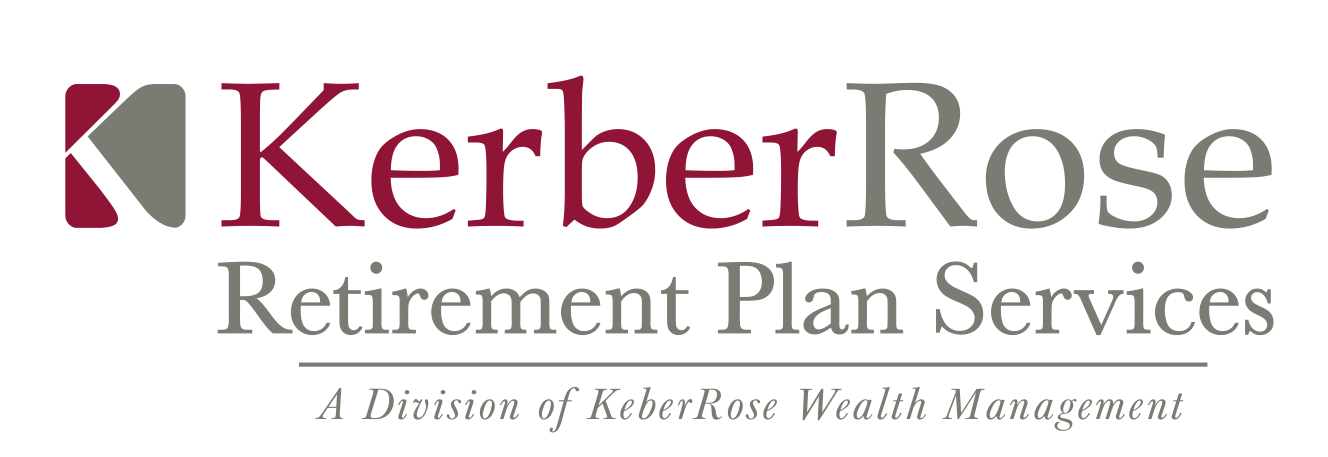The U.S. Senate and House of Representatives overwhelmingly passed a $900 billion COVID-19 relief bill Monday night that provides $600 stimulus payments to individuals, adds $300 to extended weekly unemployment benefits, and provides more than $300 billion in aid for small businesses.
The legislation, the Consolidated Appropriations Act, 2021, also ensures tax deductibility for business expenses paid with forgiven Paycheck Protection Program (PPP) loans, provides fresh PPP funding, makes Sec. 501(c)(6) not-for-profit organizations eligible for loans for the first time, and offers businesses facing severe revenue reductions the opportunity to apply for a second loan.
Key provision in the bill include:
• $325 billion in aid for small businesses struggling after nine months of pandemic-induced economic hardships. The bill provides more than $284 billion to the U.S. Small Business Association (SBA) for first and second PPP forgivable small business loans and allocates $20 billion to provide Economic Injury Disaster Loan (EIDL) Grants to businesses in low-income communities. In addition, shuttered live venues, independent movie theaters, and cultural institutions will have access to $15 billion in dedicated funding while $12 billion will be set aside to help business in low-income and minority communities.
• $166 billion for economic impact payments of $600 for individuals making up to $75,000 per year and $1,200 for married couples making up to $150,000 per year, as well as a $600 payment for each child dependent.
• $120 billion to provide workers receiving unemployment benefits a $300 per week supplement from Dec. 26 until March 14, 2021. This bill also extends the Pandemic Unemployment Assistance (PUA) program, with expanded coverage to the self-employed, gig workers, and others in nontraditional employment, and the Pandemic Emergency Unemployment Compensation (PEUC) program, which provides additional weeks of federally funded unemployment benefits to individuals who exhaust their regular state benefits.
The bill also extends the employee retention tax credit and several expiring tax provisions and temporarily allows a 100% business expense deduction for meals (rather than the current 50%) as long as the expense is for food or beverages provided by a restaurant. This provision is effective for expenses incurred after Dec. 31, 2020, and expires at the end of 2022.
PPP2 Loans - Who is eligible to apply
PPP2 loans will be available to first-time qualified borrowers and, for the first time, to businesses that previously received a PPP loan. Specifically, previous PPP recipients may apply for another loan of up to $2 million, provided they:
• Have 300 or fewer employees.
• Have used or will use the full amount of their first PPP loan.
• Can show a 25% gross revenue decline in any 2020 quarter compared with the same quarter in 2019.
PPP2 also makes the forgivable loans available to Sec. 501(c)(6) business leagues, such as chambers of commerce, visitors’ bureaus, etc., and “destination marketing organizations” (as defined in the act), provided they have 300 or fewer employees and do not receive more than 15% of receipts from lobbying. The lobbying activities must comprise no more than 15% of the organization’s total activities and have cost no more than $1 million during the most recent tax year that ended prior to Feb. 15, 2020.
PPP2 will also permit first-time borrowers from the following groups:
• Businesses with 500 or fewer employees that are eligible for other SBA 7(a) loans.
• Sole proprietors, independent contractors, and eligible self-employed individuals.
• Not-for-profits, including churches.
• Accommodation and food services operations (those with North American Industry Classification System (NAICS) codes starting with 72) with fewer than 300 employees per physical location.
The bill allows borrowers that returned all or part of a previous PPP loan to reapply for the maximum amount available to them.
PPP loan terms
As with PPP1, the costs eligible for loan forgiveness in PPP2 include payroll, rent, covered mortgage interest, and utilities. PPP2 also makes the following potentially forgivable:
• Covered worker protection and facility modification expenditures, including personal protective equipment, to comply with COVID-19 federal health and safety guidelines.
• Expenditures to suppliers that are essential at the time of purchase to the recipient’s current operations.
• Covered operating costs such as software and cloud computing services and accounting needs.
To be eligible for full loan forgiveness, PPP borrowers will have to spend no less than 60% of the funds on payroll over a covered period of either eight or 24 weeks — the same parameters PPP1 had when it stopped accepting applications in August.
PPP borrowers may receive a loan amount of up to 2.5 times their average monthly payroll costs in the year prior to the loan or the calendar year, the same as with PPP1, but the maximum loan amount has been cut from $10 million in the first round to the previously mentioned $2 million maximum. PPP borrowers with NAICS codes starting with 72 (hotels and restaurants) can get up to 3.5 times their average monthly payroll costs, again subject to a $2 million maximum.
Simplified application and other terms of note
• There will be a simplified application for loans of $150,000 or less which the SBA needs to develop an application within 24 days.
• Repeals the requirement that PPP borrowers deduct the amount of any EIDL advance from their PPP forgiveness amount.
• Includes set-asides to support first- and second-time PPP borrowers with 10 or fewer employees, first-time PPP borrowers that have recently been made eligible, and for loans made by community lenders.
Additional information will be shared as we continue to become familiar with the bill.

